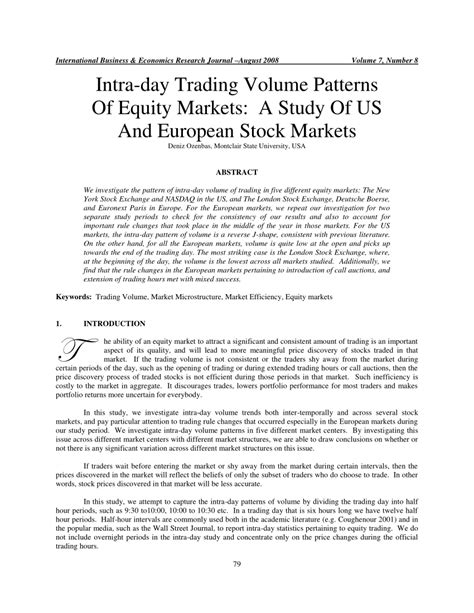cryptocurrency analysis: trading models and market trends Ethereum (ETH)
The cryptocurrency world has experienced the increase in meteoric popularity over the last decade paying by Bitcoin (BTC). Other altcoins have also gained considerable attraction. These include Ethereum (ETH), the second largest cryptocurrency after the market value. In this article, we move on to current Ethereum marketing models and explore market development to help investors make intentional decisions.
Trade volume models
To understand the mood and direction of the commerce day, merchants often look at different price rates, including sales. When it comes to Ethereum, there are some key volume models of trade that can give an idea of market trends:
1
Daily Volatility
: Significant daily trade growth indicates increasing interest and trade. In contrast, the reduced volatility indicates the lack of impulse.
- The average cross-crossing (MAC) : When the short-term average variable (for example, 50 periods) exceeds the long-term average variable (such as 200-PER-CERIAN), it may indicate potential Trend capture or sequel.
3
Trend change : The loss of a reverse upward point (for example, the price level upwards upwards upward) trade may indicate that the trend is changing, while the increase in trade in this process may be a rising area
market trends
Ethereum’s market orientations are influenced by many factors, including the development of regulatory measures, adoption levels and technological development. Here are some significant development of the ETH market:
1
Adoption and Adoption Cables : The growing popularity of the decentralized application (DAP) in Ethereum has influenced its growth. Successful DAPP projects can increase demand and then increase sales.
2
Regulatory Environment : The normative landscape of cryptocurrencies becomes more favorable as governments and institutions change to introduce digital funds as a payment method. This trend could increase adoption rates and promote the interest rate on ETH.
3
Distributed Financing (Defi) : Defi has received a significant attraction for Ethereum, such as credit platforms, decentralized shares (Dex) and crop agricultural services. These cases have affected the increased amount of trade.
Technical analysis

To deeper understanding of the Ethereum market trends, technical analysis can be used using different indicators:
1
Relative Strength Index (RSI) : High RSI value may indicate excess conditions, while low RSI may indicate exceeding the circumstances.
- Bollinger streets : Bollinger instability and gap expansion can help determine trends or sequels.
conclusion
In summary, the Ethereum (ETH) and market trend analysis can provide a valuable picture of the current mood and direction of cryptocurrency. By identifying key trade models, such as Mac, trend change and adoption controllers, investors can make intentional decisions about their position. In addition, technical analysis methods, such as RSI, Bollinger lanes, can help determine possible turning points in the ETH -market trends.
Suggestions
Based on our analysis:
* Long-term investors : Focus on long-term strategy (such as 1-3 years) to go for market variation and benefit from the change in trends.
* Short-term dealers : Use short-term trade strategies (such as 5-30 days), with the help of trend market interests and price pulse.
* Adoption -Bullible Investors : Primary Adoption Controls, such as successful DAP projects, as they can promote a more favorable regulatory environment.
